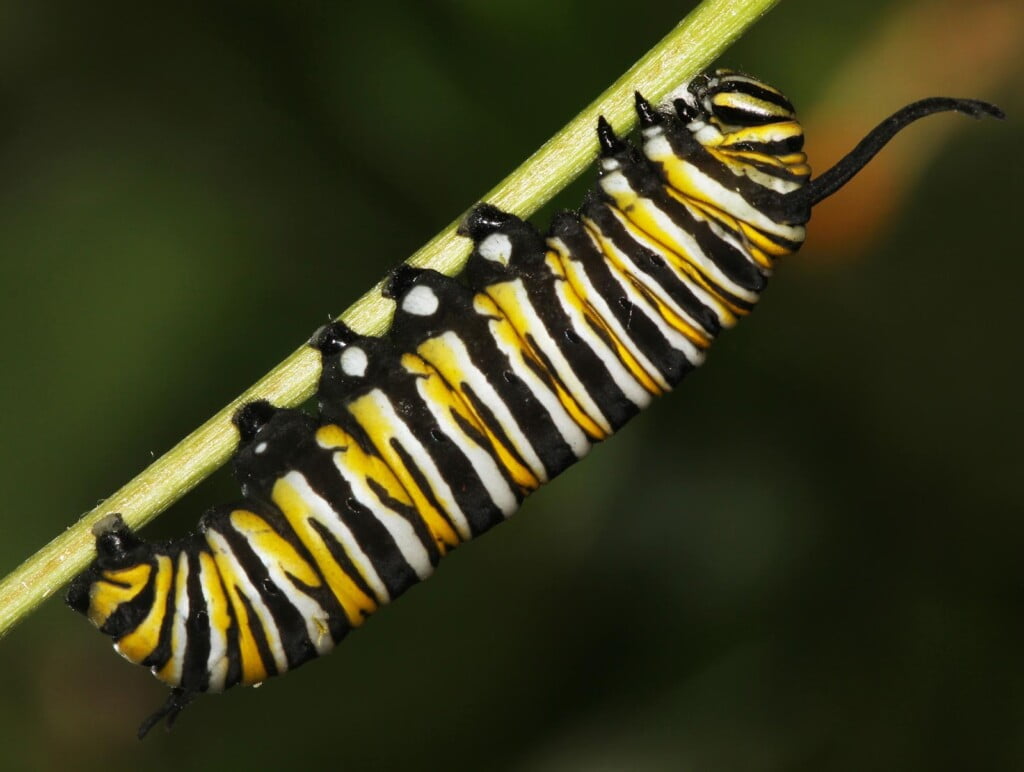In the world of horticulture, innovation is the key to sustainability, efficiency, and improved yields. A recent breakthrough, pioneered by none other than Johnny Butterflyseed, is poised to revolutionize how we approach seed germination: “Seed Ozone Stratification.”
Drawing from the powerful sterilizing properties of ozone, this method promises not just cleaner seeds, but also enhanced germination rates. While the process has been demonstrated using milkweed seeds, its implications stretch across the vast spectrum of seed-bearing vascular plants.
The Science Behind Seed Ozone Stratification
Traditional stratification involves subjecting seeds to cold or moist conditions to break dormancy, mimicking the natural processes they undergo in the wild. Ozone stratification adds a novel twist. By exposing seeds to controlled ozone levels, we’re not only sterilizing them but also potentially speeding up the germination process.
Ozone, a molecule consisting of three oxygen atoms, is a potent oxidizing agent. When seeds are exposed to ozone, it weakens the hard outer seed coat, making it more permeable. This increased permeability allows for faster water uptake, a critical step in the germination process.
Germination Protocol with Ozone Stratification Using Milkweed Seeds as an Example
1.Seeds:

Larval Host Plant Seeds
“Butterfly Seeds” encompass both butterfly eggs and seeds for butterfly Larval Host Plants. Each butterfly species’ caterpillar (larva) requires specific Host Plants for nourishment and development. Without these Larval Host Plants, the butterflies cannot live. For example, Monarch Butterflies need Milkweed Plants and Black Swallowtails need plants from the Carrot family to survive and grow.
2. Ozone Treatment:
- Place the seeds in a well-ventilated chamber designed for ozone exposure.
- Introduce ozone into the chamber at a concentration of 1-2 ppm (parts per million).
- Expose the seeds to ozone for 30-45 minutes.
- Ensure adequate ventilation to dissipate the ozone after the treatment.
3.Cold Stratification (Optional):
- Place the ozone-treated milkweed seeds in a moistened paper towel or sand.
- Store them in a sealed plastic bag in the refrigerator for 2-3 weeks.
4.Planting:
- Plant the seeds in well-draining soil, ensuring they are covered lightly.
- Water gently and keep the soil consistently moist until germination.
5.Observation: Expect faster and potentially higher germination rates compared to untreated seeds.
Broader Implications
While milkweed seeds serve as a benchmark, the seed ozone stratification process has broader implications. Preliminary tests suggest that this method could be valuable for a wide range of seed-bearing vascular plants, making it a potential game-changer in both commercial agriculture and home gardening.
In Conclusion
Johnny Butterflyseed’s pioneering work with seed ozone stratification is a testament to the power of innovation in horticulture. By harnessing the properties of ozone, we’re not only ensuring cleaner seeds but also paving the way for faster germination and healthier plants. As we continue to explore the applications of this novel method, one thing is clear: the future of seed germination looks brighter, and it’s all thanks to a spark of ingenuity.
IMPORTANT: Any ozone treatment should be approached with caution given the potential hazards associated with ozone exposure.
